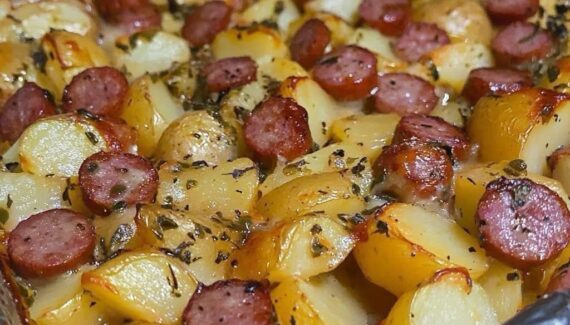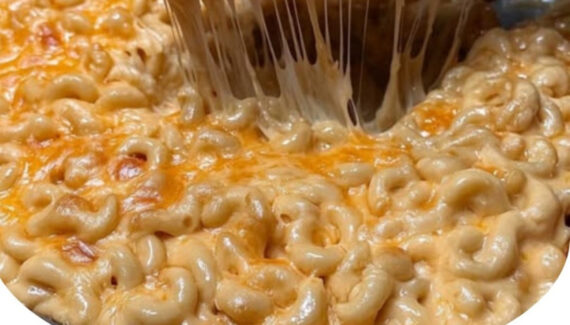
Step 1: Choosing the Right Peppers
Paprika is made from special varieties of red chili or bell peppers. The most commonly used are:
- Hungarian sweet peppers for mild paprika
- Spanish ñora peppers for smoked paprika
- Hot chili varieties for spicy paprika
These peppers are selected for their deep red color, high flesh-to-seed ratio, and mild or bold flavor profiles.
Step 2: Harvesting
Peppers are left to ripen fully on the plant, usually until they turn a deep, vibrant red. This ensures maximum flavor, color, and natural sugars.
Once they’ve matured, the peppers are harvested—usually in late summer or early fall.
Step 3: Drying the Peppers
There are two main ways to dry peppers for paprika:
- Sun Drying: Traditional method in warm climates. Peppers are laid out in the sun for several days.
- Smoking (used for smoked paprika): Peppers are slowly dried over wood fires (often oak), which infuses the peppers with a deep, smoky flavor.
This process can take anywhere from a few days to several weeks, depending on the method and climate.
Step 4: Removing Stems and Seeds
Once dried, the peppers are cleaned, and the stems and most seeds are removed. Seeds can add bitterness and too much heat, so this step helps ensure a balanced final product.
Step 5: Grinding into Powder
The cleaned, dried pepper flesh is then ground into a fine powder using stone mills or industrial grinders. This is where the magic happens—the paprika develops its signature fine texture and deep, earthy aroma.
Different grinds can produce fine, medium, or coarse paprika, and blending different pepper types creates unique flavor profiles.
Step 6: Packaging and Storage
The finished paprika is immediately sealed in airtight containers to preserve freshness, color, and flavor. It’s sensitive to light and air, so storing it in a cool, dark place is essential.
Types of Paprika You Might Know
- Sweet Paprika – Mild and flavorful, ideal for color and gentle warmth.
- Smoked Paprika (Pimentón) – Dried over oak wood fires for a rich, smoky flavor.
- Hot Paprika – Made from chili varieties for extra heat.
- Hungarian Paprika – Comes in 8 grades, from sweet to hot.
- Spanish Paprika – Often labeled as dulce (sweet), agridulce (bittersweet), or picante (hot).
Conclusion: From Garden to Spice Jar
So yes, paprika is simply made from dried and ground red peppers, but behind every sprinkle lies a beautiful process of nature, craftsmanship, and culture. No wonder my mother-in-law found it amusing—she grew up watching her own mother dry peppers on strings by the kitchen window and grind them into spice every autumn.
Next time you season your dish with paprika, you’ll know: it’s not just a spice—it’s a story of sunlight, soil, and tradition.








No Responses Yet